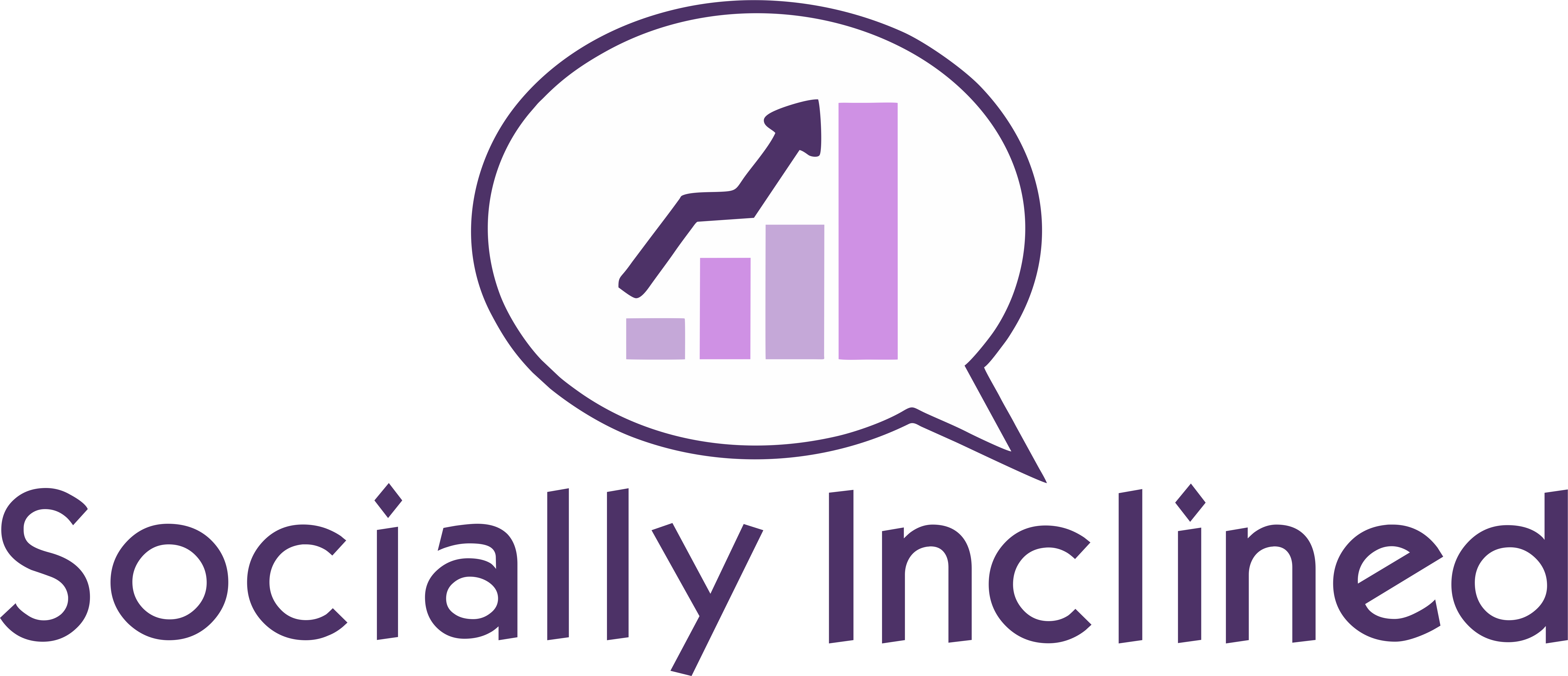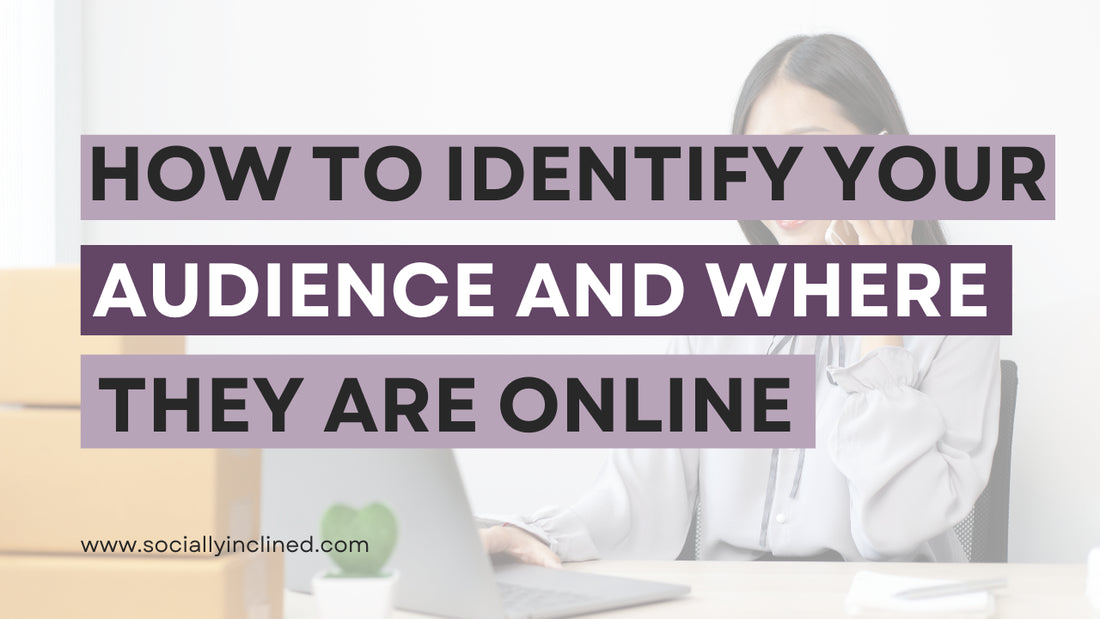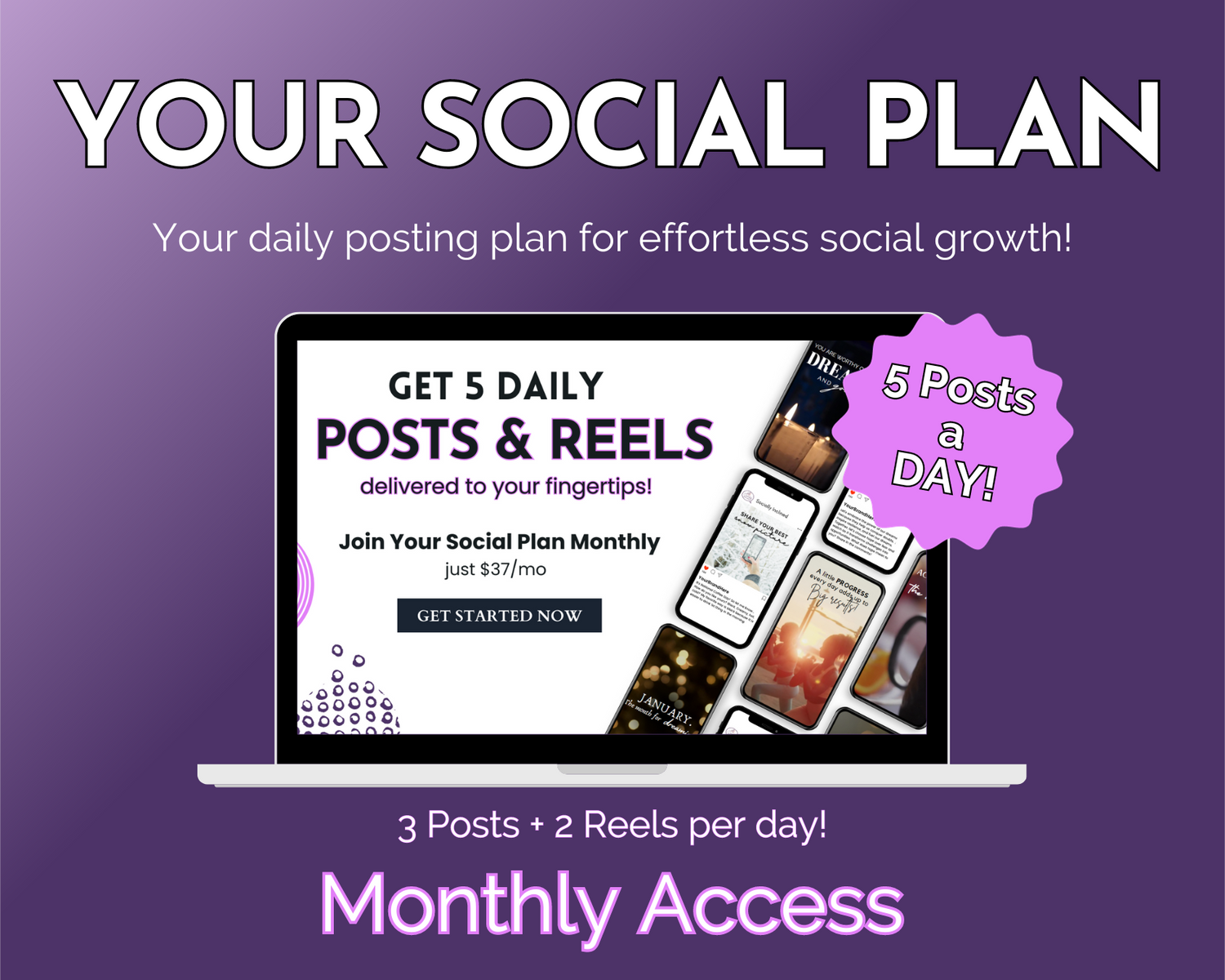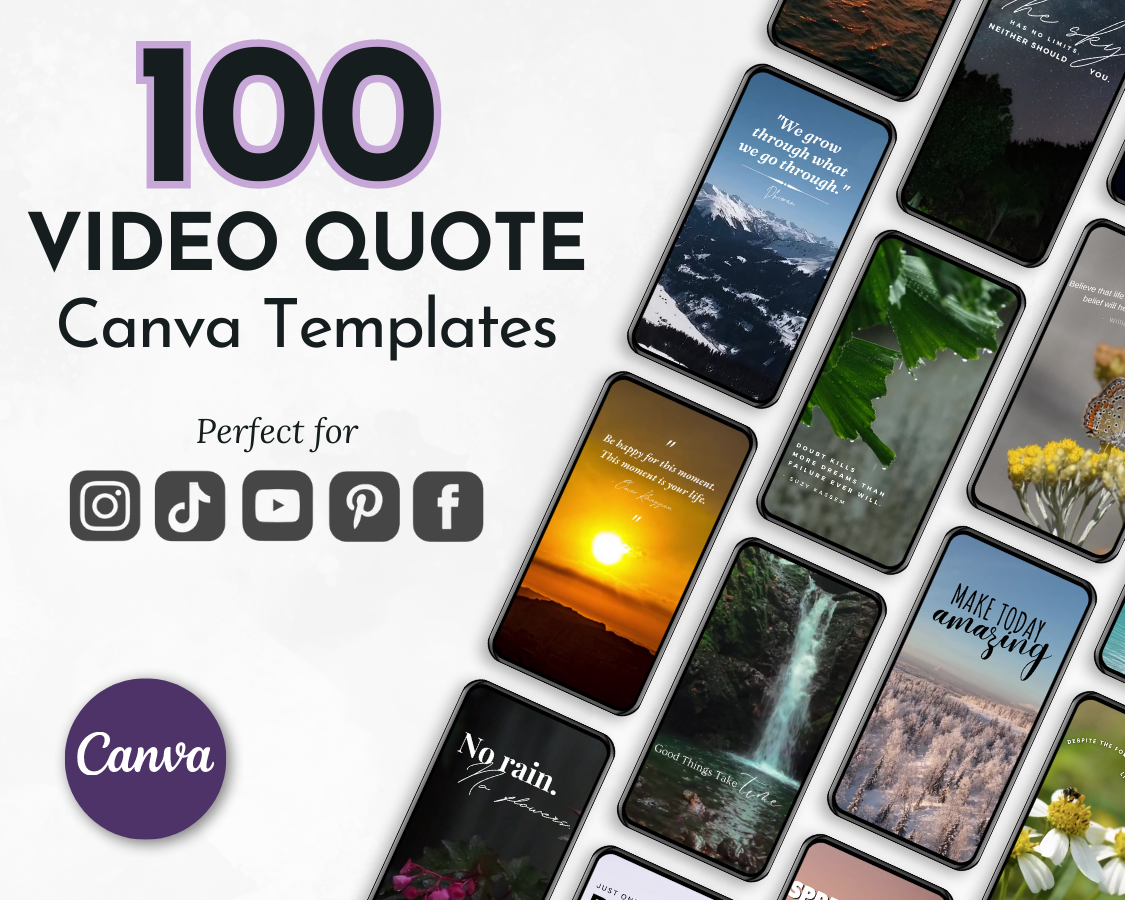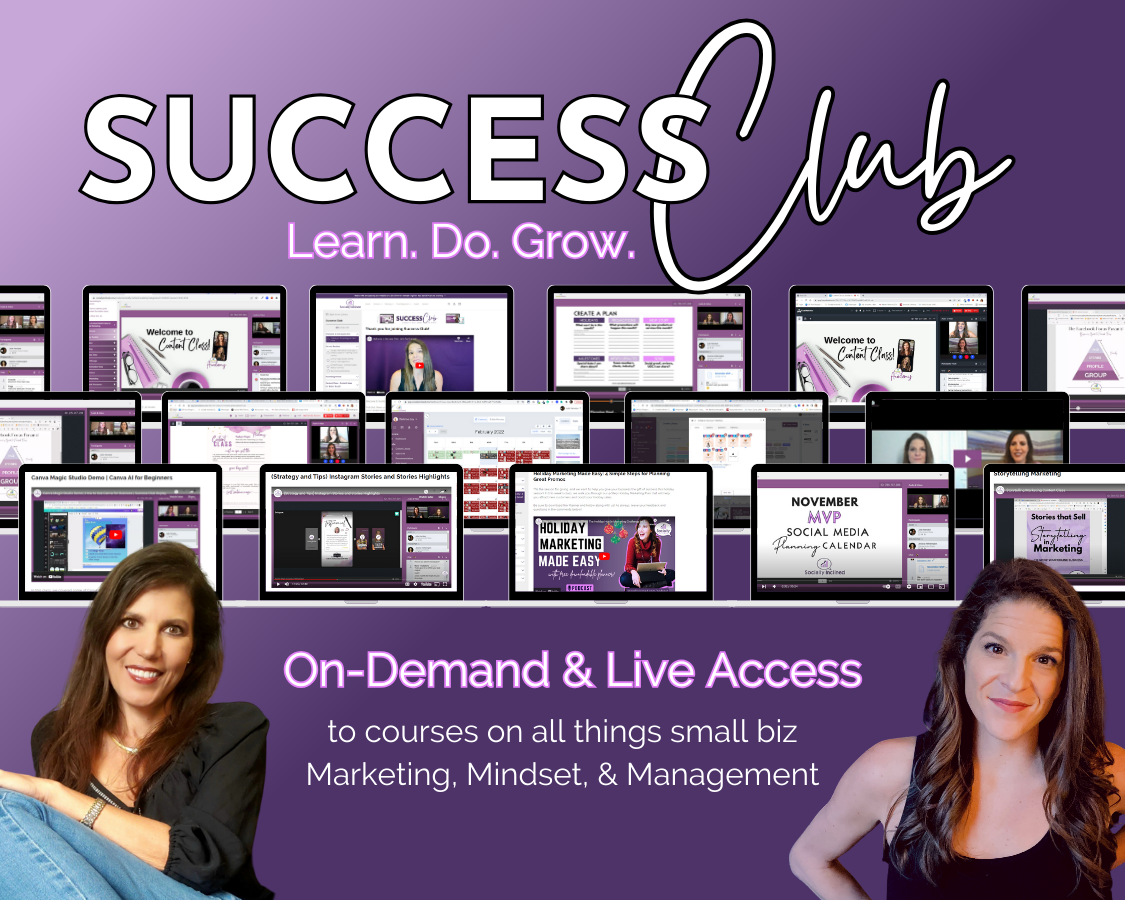Where Are YOUR Customers: How to Identify Your Audience and Find Them Online
We’ve all had the experience of looking for something and not being able to find it. It’s frustrating and time consuming and can feel like a pointless exercise if we’re forced to keep at it for long.
For a business owner, there’s nothing more frustrating than knowing there’s an audience for your product or service and not knowing who they are – or where to find them. In this article, I’ll break down the process to help you first identify and then locate your audience, so you can fine-tune your marketing and get the leads you need.
Identifying Your Audience
We can look to social media for some guidance on how to identify an audience. If you have an existing customer base, you can begin by analyzing it using two categories of information: demographics and psychographics. From there, you can use information about the problems your product or service solves to narrow your search.
Demographics
Demographics are easy, so let’s start there. Demographics are facts about your customers (and your target audience) that can help you identify them. They include:
- Age
- Gender
- Geographical location
- Education level
- Income level
- Marital status
- Employment/industry
Having basic information about who your customers are can help you identify the right target audience for your services or products.
Psychographics
Psychographics illustrate your target audience’s interests and preferences. For example, if you run a gym, some interests to consider might include the following.
- Health
- Fitness
- Weight loss
- Running
You could also consider pop culture interests. If you own a clothing boutique, you might target people who watch fashion shows such as Project Runway or Say Yes to the Dress, or who follow fashion designers such as Christian Siriano or Ralph Lauren.
Benefits/Problem Solving
Finally, you should give some thought to what problems your product or service solves, or what benefits it provides to the people who are likely to buy it. Here are some questions to ask yourself.
- What types of people might have the problem I’m trying to solve?
- What solutions are they looking for?
- Why do they need a solution – that is, what are their pain points?
- What am I offering that’s different from my competitors?
Asking these questions may help you fine-tune your demographic and psychographic requirements. By the time you have worked your way through all three categories here, you should have a good idea of who is in your target audience.
How to Find Your Audience Online
After you have identified your target audience, it’s time to think about where to find them online. Here again, there are multiple methods you can use, alone or in combination, to find your audience.
Let’s start with social media, which can be extremely useful for connecting with your target audience. You can use demographics to identify the sites where your audience is most likely to be, so let’s start there.
- Facebook is the largest social media site and skews the oldest. 69% of Americans have a Facebook account and with the exception of people age 65 and over, a majority in every age group use Facebook.
- Instagram users skew much younger than Facebook users, with approximately two-thirds of Americans under the age of 30 active on the platform. There are more women than men who use Instagram.
- Twitter users encompass only about 22% of the US adult population and more men than women use the platform. Twitter users tend to be urban and educated when compared to other social media platforms.
- Users of Pinterest skew heavily female and tend to be affluent and educated. They encompass every age group, although it’s worth noting that the smallest demographic is people over the age of 65.
- LinkedIn users tend to be under the age of 65 and highly educated. They mostly live in cities and suburbs and are more likely to be looking for professional services and products than consumer goods.
You should also consider the type of product or service you sell and where people are likely to look for it. We’ll talk about Google later, but on social media, here are some general guidelines.
- Facebook users look for all types of goods and services, ranging from consumer goods to business products and services at every level.
- Instagram is likely to be most useful for selling products although some services can lend themselves to Instagram as well. For example, any service where you can show before and after photos is a good match for Instagram.
- Pinterest users are accustomed to finding products on the site and often “Pin” products for later purchase.
- LinkedIn users tend to be professionals and are most likely to search for business products and services.
For example, if you have a clothing store, it probably makes sense to find your audience on Instagram and Pinterest. If you own a law firm, LinkedIn and Facebook might be the best choices.
Search Engine Marketing
In addition to finding your audience online, you must make it easy for your audience to find you. Search engine optimization and marketing are designed to help people in search of your products and services find you.
SEO comes down to having a properly optimized website and a well-established online presence. You’ll need to target the right keywords and identify the search terms that people in your target audience will use when searching for a business like yours. You’ll need to make sure that your site is mobile-friendly and optimized for voice search.
At the same time, you should standardize your online listings and claim your listings on review sites such as Yelp and Google. Most consumers search for businesses online before they decide where to buy a product or obtain a service. Having reliable information about your business and good reviews will make your business more visible on Google and other search engines.
Understanding who your audience is and where to find them is a must for every business. Once you have identified who you’re selling to, you’ll be able to fine-tune your marketing campaigns and you’ll spend less to attract new customers.
